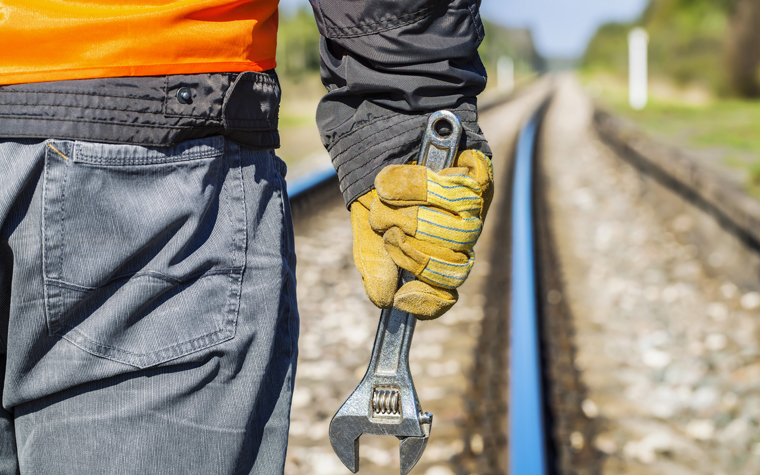The U.S. Department of Transportation (DOT) and its Federal Railroad Administration (FRA) recently unveiled two new rules that aim to improve safety measures for railroad employees working around rail tracks.
The first rule amends the Roadway Worker Protection regulation while the other tightens FRA’s existing alcohol- and drug-testing regulations and expands the requirements to now cover maintenance-of-way (MOW) employees. The second rule, the Control of Drug and Alcohol Use rule, fulfills a requirement of the Rail Safety Improvement Act of 2008.
The Roadway Worker Protection amendments will resolve conflicting interpretations that have emerged since the rule went into effect nearly 20 years ago, codify certain FRA Technical Bulletins and a FAST Act mandate by adopting new requirements governing redundant signal protections, address safety concerns over the movement of roadway-maintenance machinery over signalized non-controlled track (not under a dispatcher’s control), and amend certain qualification requirements for roadway workers.
“These new rules add another layer of protection for workers who work along and near railroad tracks and will help us reduce preventable worker injuries and fatalities,” FRA Administrator Sarah Feinberg said.
The second rule implements enhancements to drug and alcohol screening for maintenance-of-way employees to include random tests and post-accident tests, among others. In the past, testing was only carried out post-mortem when an individual had been involved in an accident.
“Clear communication, multiple layers of safety, and a rigorous alcohol and drug-testing policy are critical to keep workers along and near tracks — and ultimately passengers and train crews — out of harm’s way,” Transportation Secretary Anthony Foxx said. “These are common-sense rules that will help make our railroads safer.”




 Alerts Sign-up
Alerts Sign-up